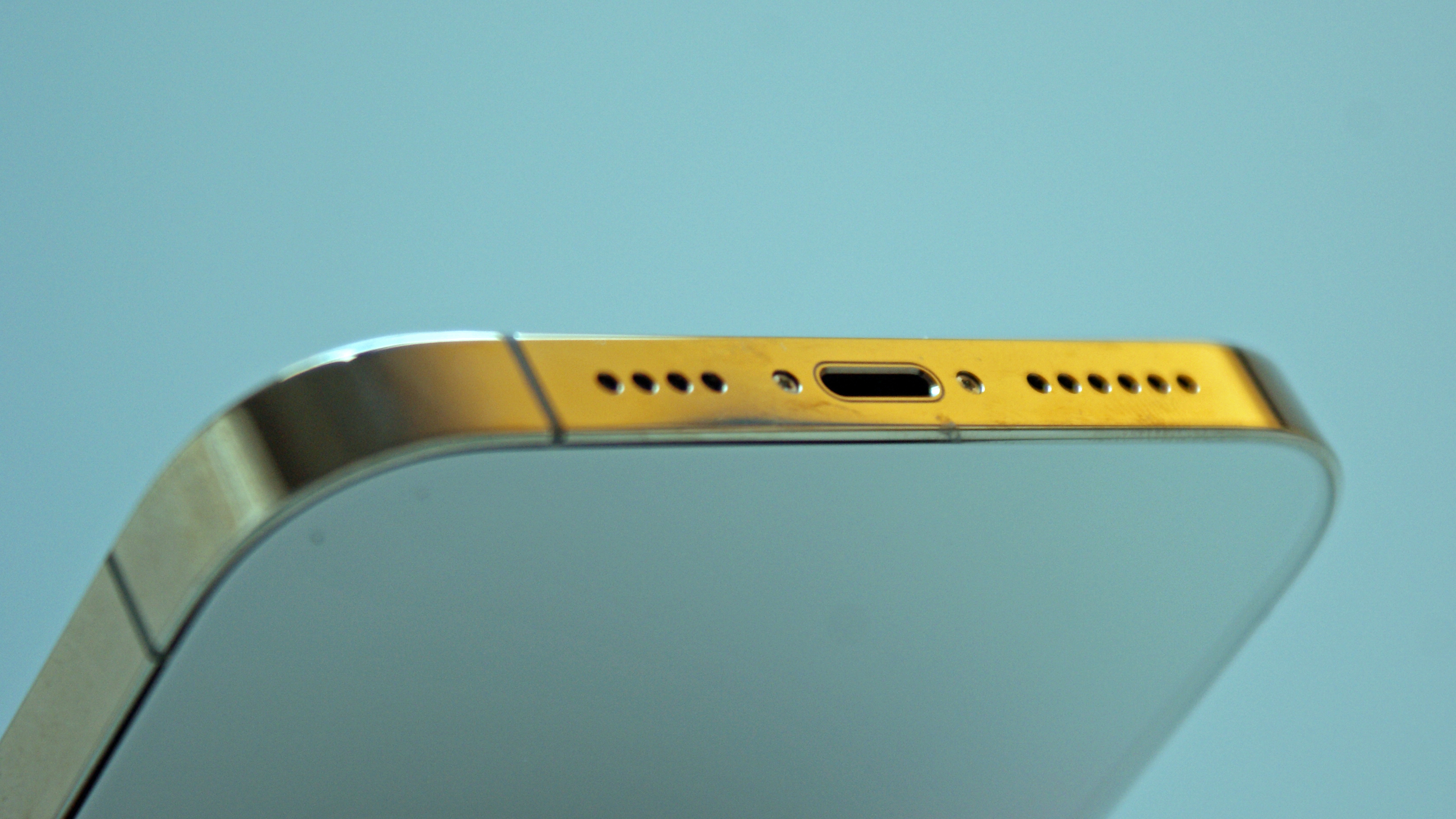iPhones will be forced to use USB-C by 2024, new EU law finally rules
Apple might switch even sooner though

It’s finally happened: the EU has passed a law mandating that all new smartphones must have a USB-C port from 2024.
The law, which according to a press release will come into effect from "the end of 2024", also applies to tablets and cameras, but the biggest impact will be to smartphones, most notably affecting iPhones, as they are the only mainstream handset to not already use USB-C.
Currently, Apple still uses its increasingly-dated proprietary Lightning port for its phones – even brand-new models, like the iPhone 14 Pro – but this law means that, in the EU at least, the company will have to offer USB-C within a couple of years.
In practice, that means Apple will probably make the switch with the iPhone 16 at the latest – though the company might be able to resist until the iPhone 17, since the press release states that "the new rules would not apply to products placed on the market before the date of application [of the rules]."
That said, it’s entirely possible that Apple will make the change even earlier and switch with the iPhone 15, especially as there are already rumors that the iPhone 15 line might use USB-C. Plus, Apple has already moved to USB-C for iPads, so it always seemed like only a matter of time before its phones would do the same.

Analysis: a little bit of wiggle room
While the simplest – and most likely – solution for Apple would be to replace Lightning ports with USB-C on future iPhones worldwide, there are alternatives.
For one thing, this law only applies to the EU, so Apple could choose to only sell USB-C iPhones in the EU, with other regions sticking to Lightning. But that would mean making two significantly different versions of each of its phones, which sounds like more hassle – and probably cost – than it’s worth.
Sign up for breaking news, reviews, opinion, top tech deals, and more.
It already does this to a lesser degree, with the current iPhone 14 series, which in the US forgo a physical SIM card slot altogether, instead exclusively relying on eSIM technology, while the SIM tray remains on units sold in other markets internationally.
Apple could technically also keep the Lightning port as long as there’s a USB-C port as well, but that seems spectacularly unlikely; they aren't intended to directly compete against the best gaming phones out there, some of which sport two ports, for both portrait and landscape charging.
Finally, Apple could ditch ports altogether and resort to wireless charging and data transfer exclusively on future phones. There have been whispers of a portless iPhone for a while, but we suspect that if one comes at all it’s further out than 2024.
James is a freelance phones, tablets and wearables writer and sub-editor at TechRadar. He has a love for everything ‘smart’, from watches to lights, and can often be found arguing with AI assistants or drowning in the latest apps. James also contributes to 3G.co.uk, 4G.co.uk and 5G.co.uk and has written for T3, Digital Camera World, Clarity Media and others, with work on the web, in print and on TV.